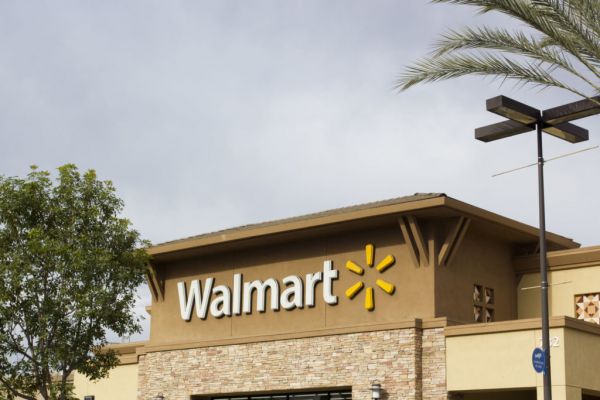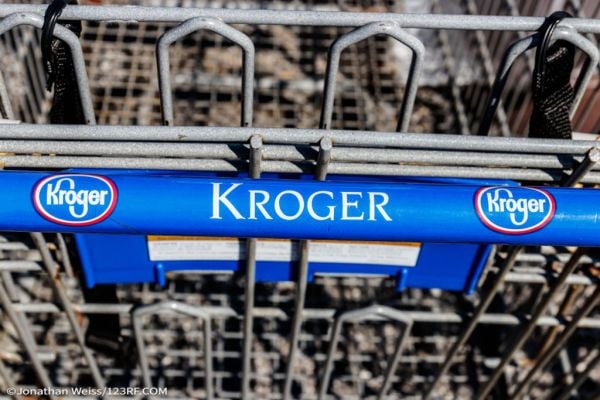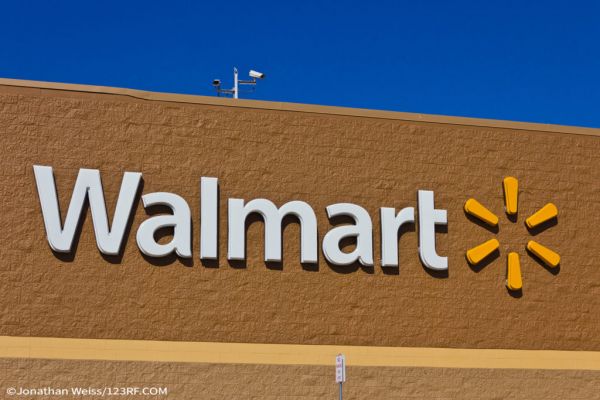Long known for squeezing its vast network of suppliers, Walmart is about to step up the pressure. This time, the focus is delivery scheduling, and the company’s not messing around. Two days late? That’ll earn you a fine. One day early? That’s a fine, too. Right on time, but goods aren’t packed properly? You guessed it – fined.
The programme, labelled 'On Time, In Full', aims to add $1 billion to revenue by improving product availability at stores, according to slides from a presentation obtained by Bloomberg. It underscores the urgency that Walmart feels as it raises wages, cuts prices, and confronts a powerhouse rival in Amazon that’s poised to grow with the latter's planned purchase of Whole Foods Markets.
“Walmart has to find efficiencies wherever it can,’’ says Laura Kennedy, an analyst at Kantar Retail. “They’re trying to squeeze and squeeze and squeeze.’’
The initiative builds on progress that Walmart has made in reducing inventory and tidying its 4,700 US stores after the back rooms became so cluttered that it often stored surplus products in cargo trailers parked out back.
Walmart isn’t the first big retailer to tighten the deadline for vendor deliveries. Target Corp. implemented a similar policy last year as part of a broader supply-chain overhaul, but Walmart’s vast logistics network of more than 150 US distribution centres dwarfs that of any other retailer, and the company typically accounts for a sizable chunk of its suppliers’ sales (27% for bleach-maker Clorox, for instance).
Fast-Turning Items
The new rules begin in August, and the company said that it will require full-truckload suppliers of fast-turning items – groceries, paper towels – to “deliver what we ordered 100% in full, on the must-arrive-by date 75% of the time”. Items that are late or missing during a one-month period will incur a fine of 3% of their value. Early shipments get dinged, too, because they create overstocks.
By February, Walmart wants these deliveries to be on time and in full (known as 'OTIF') 95% of the time. Its previous target was 90%, hitting a more lenient four-day window.
“Variability is the number-one killer of the supply chain,’’ Kendall Trainor, a Walmart senior director of operations support and supplier collaboration, said in a presentation to vendors earlier this year.
Those variations can be extreme. OTIF scores for Walmart’s top 75 suppliers, including Procter & Gamble Co. and Unilever, had been as low as 10%, according to Trainor’s presentation, and not one had reached the 95% long-term target.
Unilever declined to comment. Damon Jones, a spokesman for P&G, said that his company and Walmart “share a joint commitment to superior consumer service, including on-shelf availability”.
Aggressive Goals
'The goals are aggressive and will require new ways of working,' warned a slide at another Walmart presentation to suppliers. A company spokesman was more sanguine, saying that the retailer is “working closely with our vendors to help reach these targets. We know that when products we’ve ordered arrive on time, it results in happier customers.’’
That’s been a challenge, though. Under previous chief executive officer Mike Duke, stores suffered from a lack of manpower to keep shelves stocked, and missing products drove customers to rivals including Dollar General, Walgreens Boots Alliance, and German discounter Aldi. When Doug McMillon became CEO in 2014, one of his goals was to improve what the company calls “on-shelf availability”. It has gotten better, although Walmart declined to provide specific figures.
While big suppliers should be able to invest in fancy inventory-management systems to get up to speed with the new rules, small businesses will feel more pain. Some don’t even know what OTIF stands for, according to Colby Beland, vice-president of sales at CaseStack, a logistics provider that bundles supplier shipments for delivery to retailers’ warehouses.
Brisk Business
That confusion has created a brisk business for consultants, who are busy criss-crossing the country delivering tutorials on the programme.
“OTIF is the hottest subject out there right now,’’ according to 8th and Walton, a consultant based in Walmart’s hometown of Bentonville, Arkansas, that has conducted OTIF seminars in New York, Portland, Ontario, and other cities.
“Everybody has come to the stark realisation that OTIF is here and it’s real, and they better get ready for August,’’ Beland says.
The programme is the latest chapter in Walmart’s history of badgering suppliers to improve efficiency and performance. It was the first big retailer to embrace bar codes in the early 1980s, to track inventory and sales, mandating precise locations on packages for easy scanning. Vendors that refused were kicked off the shelves.
“Suppliers went crazy at first, but they all figured out how to implement it, and it helped them as much as it helped Walmart,’’ says Dale Rogers, a logistics professor at Arizona State University. “This is just the next one of these things.’’
Scoring System
In some cases, a problem will be Walmart’s fault, so the retailer has developed a scoring system that breaks down the reasons for non-compliant deliveries, and it will fine suppliers only if they’re responsible. If suppliers don’t agree with the fine, too bad. “[Disputes] will not be tolerated,’’ Walmart says.
Even a freak snowstorm, like the one that paralysed travel in the south-eastern US in 2015, might not get suppliers off the hook, if they knew the bad weather was coming and didn’t take precautions.
“You end up in a situation of, who is to blame?” says Santiago Gallino, an associate professor at Dartmouth College’s Tuck School of Business. “It’s a tough discussion.”
News by Bloomberg, edited by ESM. Click subscribe to sign up to ESM: The European Supermarket Magazine.














